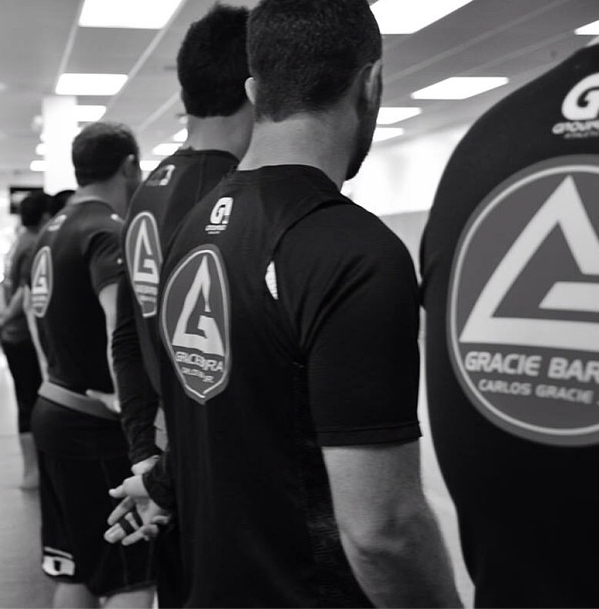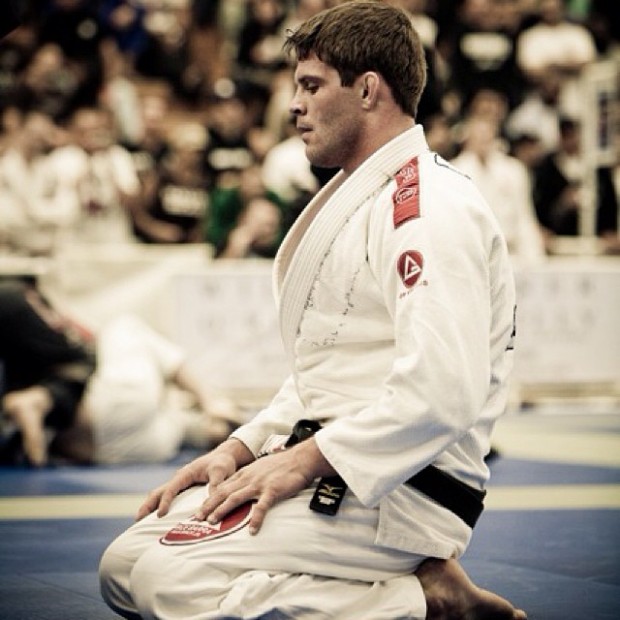21 Days to Better Jiu-Jitsu: Talking About Drills
Practice does not make perfect, it makes “better.”
We cannot stress how important drilling is. But the practice is nought without being mindful about the drill. Drilling on the mats, (and the often times) mind numbing and repetitive nature of drilling can bore most beginner and intermediate learners.
If education is the mother of education, drilling is your road to master. Practice does not make perfect, it makes “better.”
Let’s do some introspection for today. I want you to do an emotion and intellectual inventory of yourselves while you drill. Think about the time where you gotten so bored of it, that you had to stop, or worse, stop training. You may even say that it gets you nowhere.
You are not alone.
A lot fail to appreciate drilling and the repeating the techniques. Here’s the reason: we miss out on the importance of drills because we see the practice as purely physical; where there is no intellectual investment to it. Often, when we fail to dig in to the understanding of the techniques, we lose its value. When we do not put our thoughts into the action of that arm bar, or mounting opponents, we fail to learn.
We cannot dispute (though) that repetitive actions develops what most athletes call muscle memory.
Muscle memory can best be described as a type of movement with which the muscles become familiar over time. For instance, newborns don’t have muscle memory for activities like crawling, scooting or walking. The only way for the muscles to become accustomed to these activities is for the baby to learn how to do these things and then practice them with a great deal of trial and error. Gradually, as the baby becomes a skilled walker, he falls less, is able to balance, and finally is able to incorporate other activities into his life such as running.
Although the precise mechanism of muscle memory is unknown, what is theorized is that anyone learning a new activity, or practicing an old one has significant brain activity during this time. The walking child is gradually building neural pathways that will give the muscles a sense of muscle memory. In other words, even without thinking, the child is soon able to walk, and the muscles are completely accustomed to this process. The child doesn’t have to tell the body to walk; the body just knows how to do it, largely because neurons communicate with the muscles and say, “walk now.” – from www.wisegeek.com
It is essential that every Brazilian Jiu-Jitsu artist develop muscle memory. And the best way to do so is through drills.
Here are some techniques
1. When you fail to execute a drill, repeat it for 3 more times.
2. Review. Review. Review.
3. Get feedback. We need to make sure that you are executing the technique the right way. The best person to ask is your instructors and professors.
4. Expand your knowledge through research. Education and learning does not end inside the Gracie Barra School.



Comments are closed.